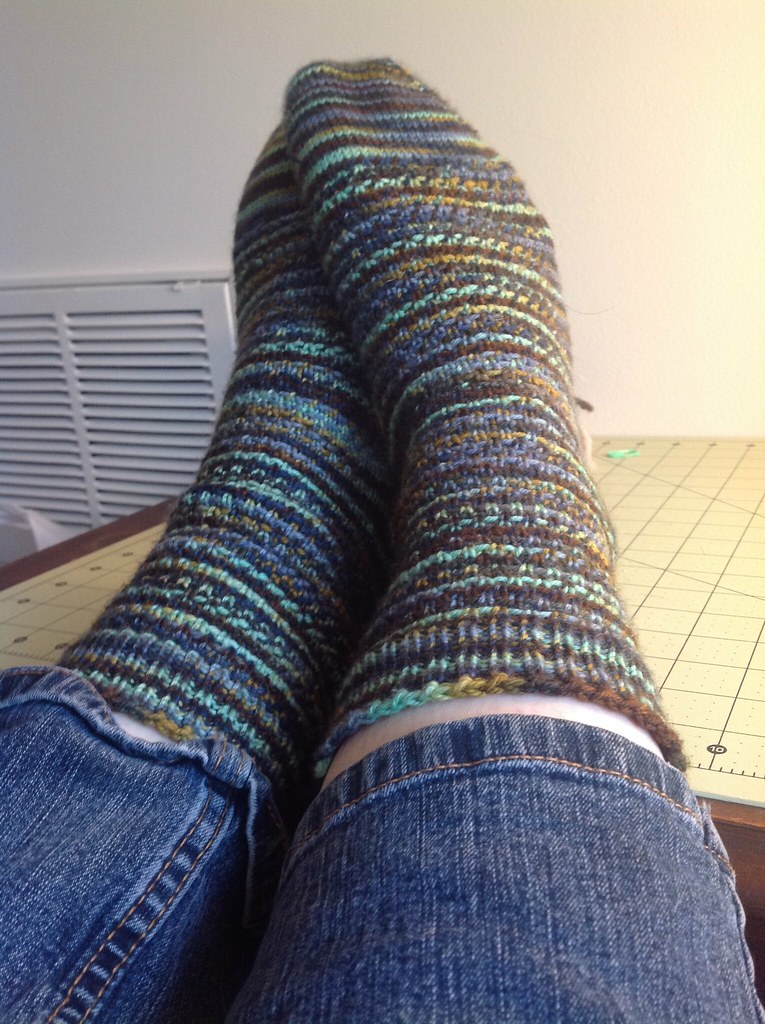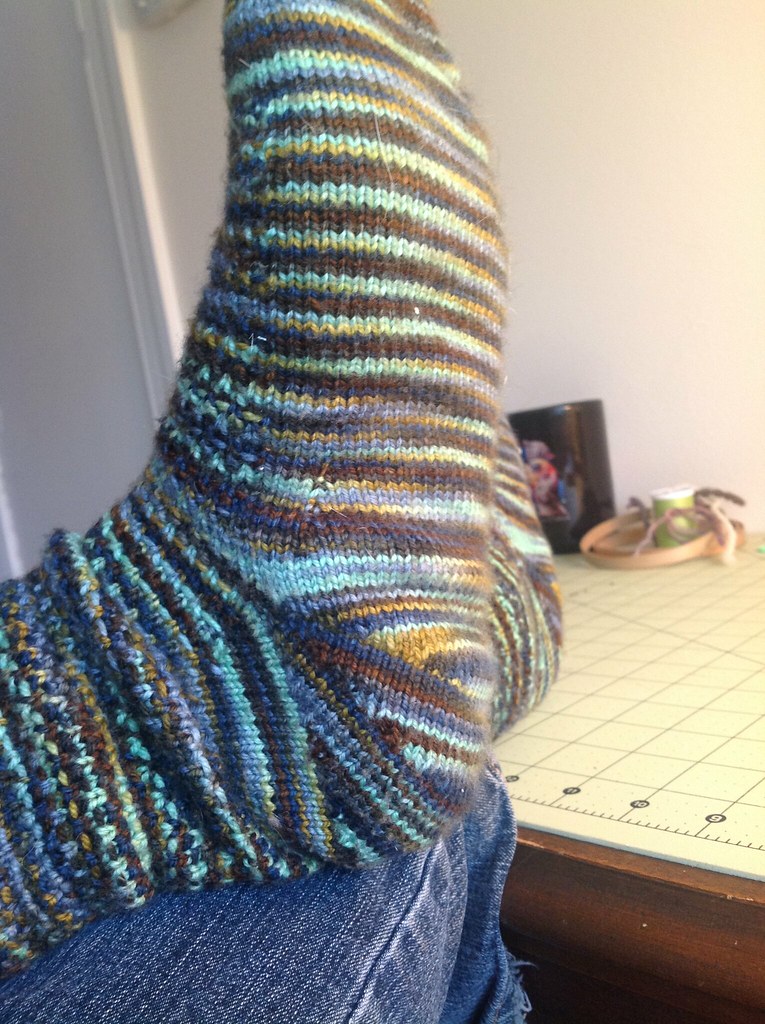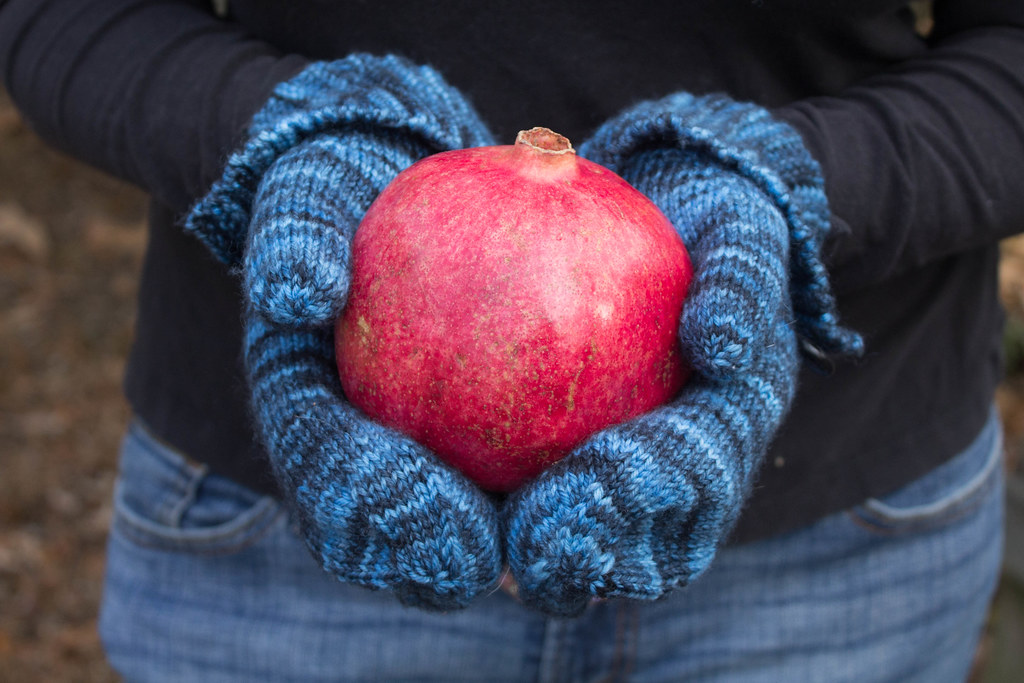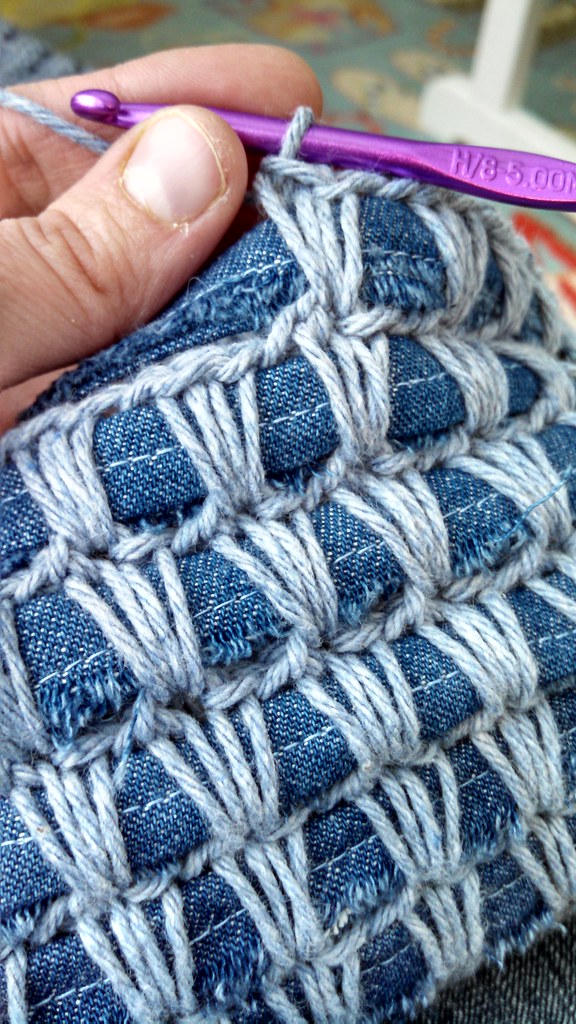 |
| Cameraphone Pic |
Mr. Turtle’s parents have a tradition of going to Atlantic Beach in the off season. This weekend we’re with them again, and I keep having moments of déjà vu. Not quite a year ago, I was at Atlantic Beach with Michael’s family. And again, I’m working on a crochet project for Annie’s, though their quite different.
I finished the main part of the crochet project about an hour ago, and while I still have to weave in the ends, the beach is calling to me. This morning we woke to have the sky looking dark and ominous, but the rain cleared by lunchtime and I’m ready for a walk.
I promise, some better photos when I return home and have the powerful computer so I can download the pictures.

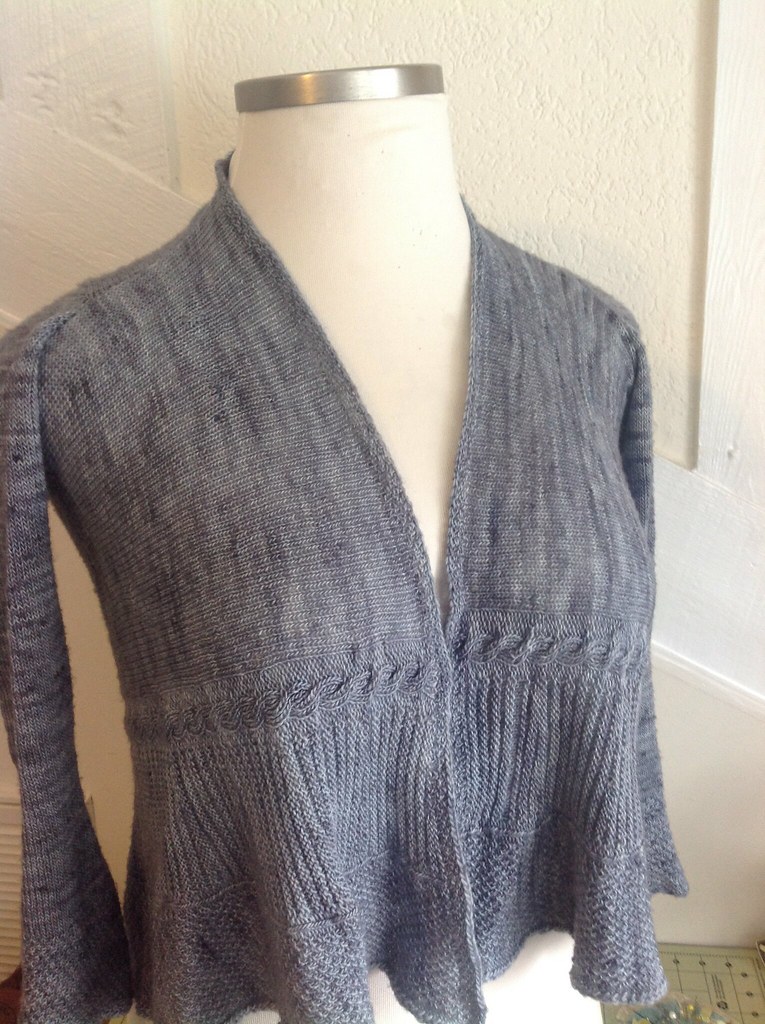
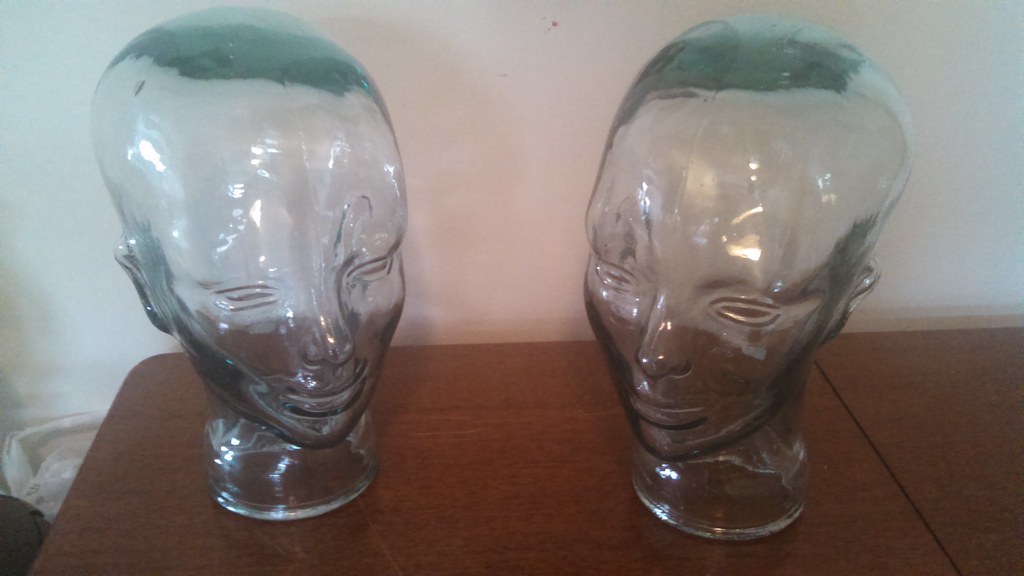

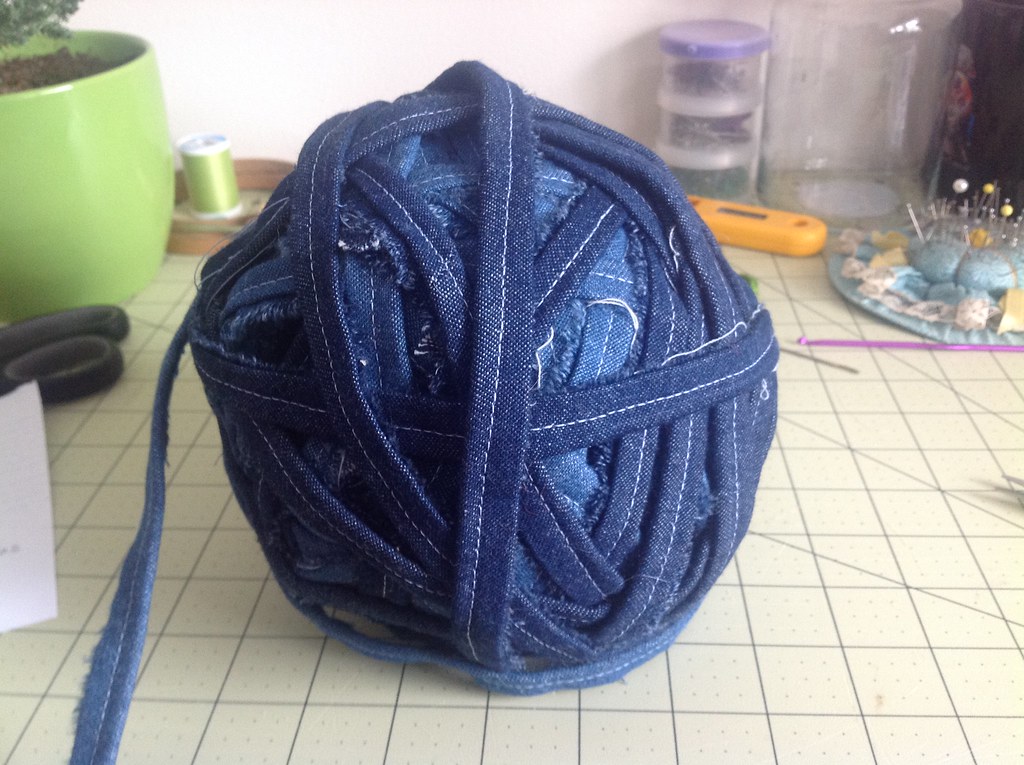
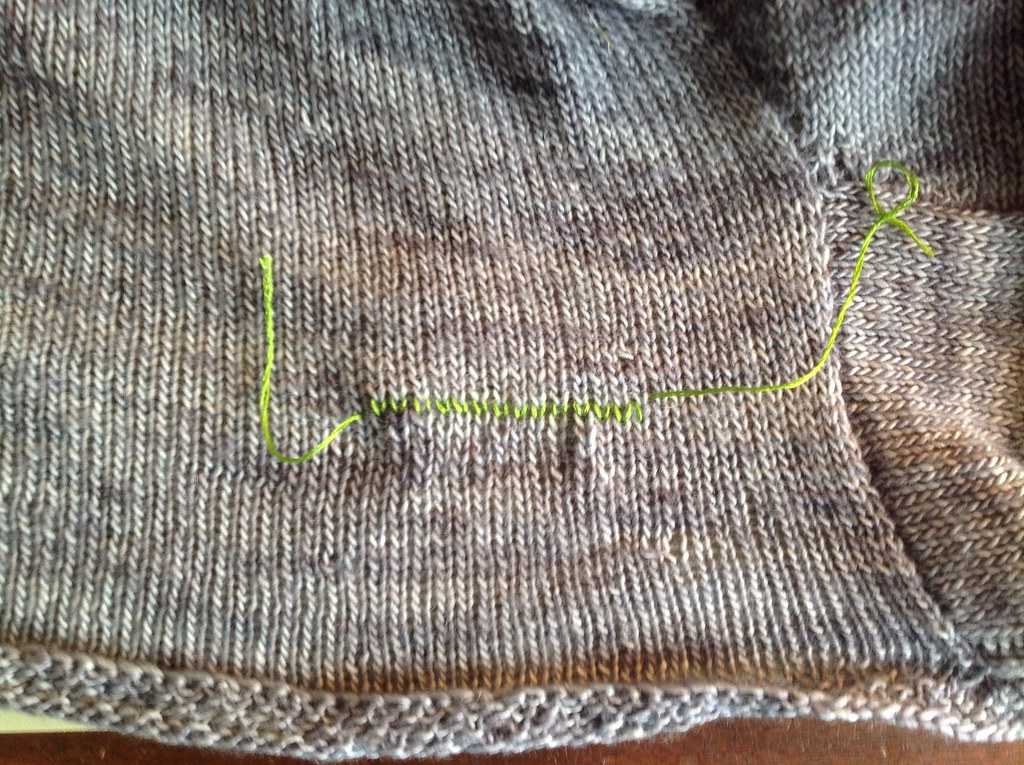
 Somehow it’s become the middle of January, and I’m not quite sure how that happened! It’s cold and rainy out today (as it seems to the the majority of the winter in the South), and it’s got me thinking
Somehow it’s become the middle of January, and I’m not quite sure how that happened! It’s cold and rainy out today (as it seems to the the majority of the winter in the South), and it’s got me thinking 








